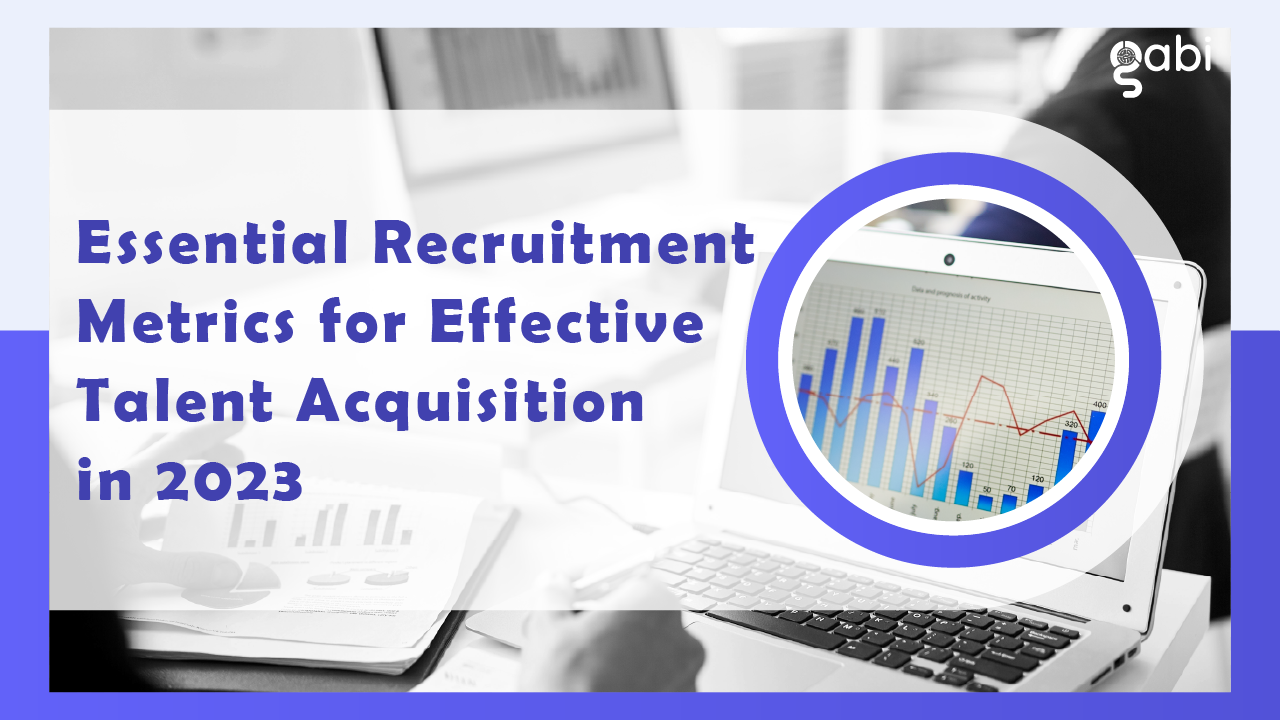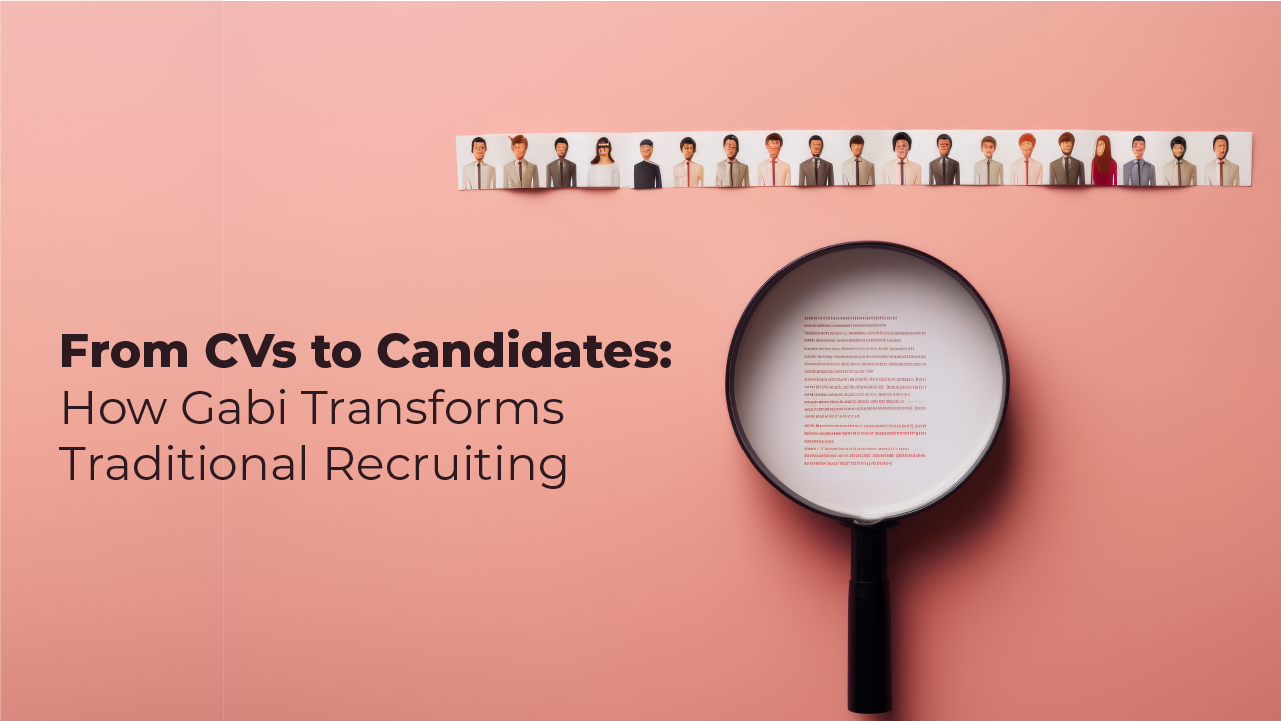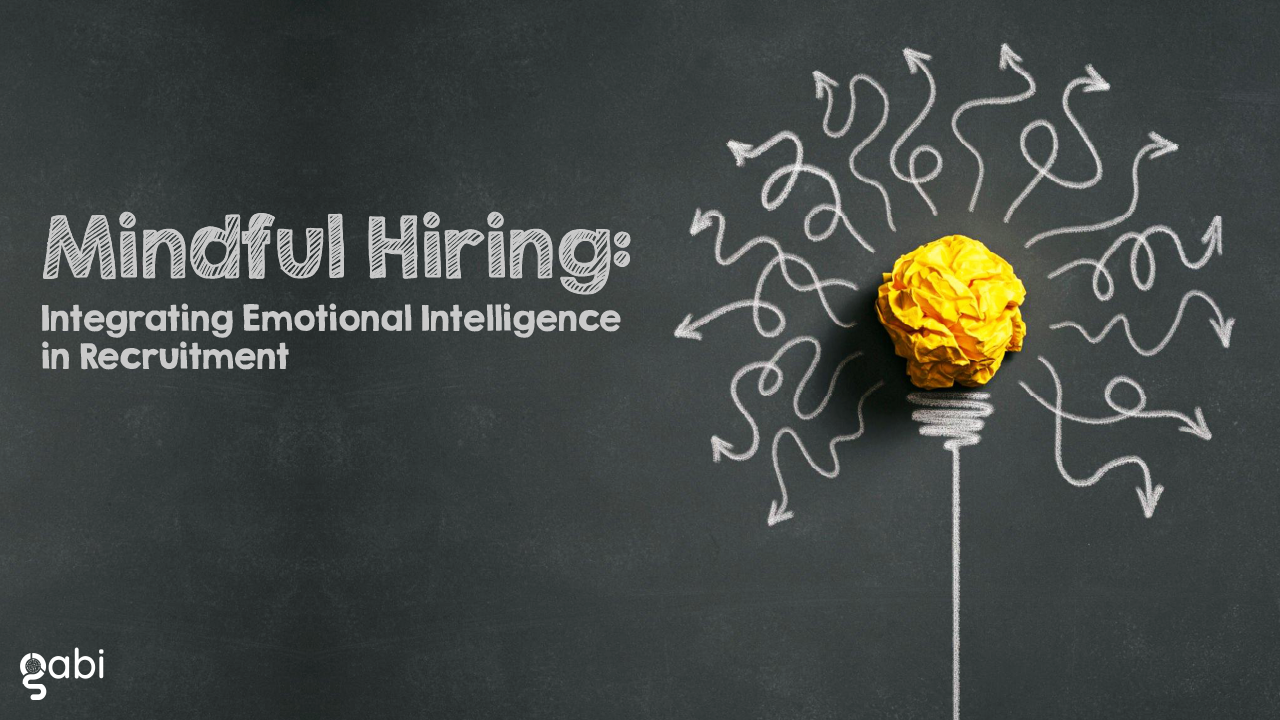It’s no secret that in our dynamic world of talent acquisition, hiring managers are looking for innovative strategies to entice top talent and benefit from a competitive recruiting advantage. As more of them choose a data-driven approach, they embrace recruiting metrics, which turned out to be the secret to success as the competition for qualified candidates heats up.
Think about hiring metrics as a compass that lets you dive through the large talent pool out there, as well as the bridge connecting job seekers to employers. These key metrics allow you to gain useful insights, and make wiser decisions by offering you a broader picture of your hiring process, areas for improvement, and current challenges.
This article explores the key recruiting metrics needed for an effective talent acquisition process, their importance, and how they can benefit your organization in the long run!
What are Key Recruiting Metrics?
Recruiting metrics are crucial data points that assess the value and effectiveness of your hiring process. These metrics offer insightful data on a variety of recruitment-related topics, empowering companies to optimize their hiring practices and make data-driven decisions. Generally, hiring managers can track internal and external recruiting costs, adjust those, implement changes, and ultimately attract and keep top talent by measuring and analyzing these metrics.
Hiring metrics refer to a broad range of variables, such as but not limited to time to fill, hiring quality, cost to fill, sourcing channel effectiveness, and hiring diversity. Organizations can improve their talent acquisition strategies and find the best candidates for their teams by comprehending and utilizing relevant recruiting metrics.
1. Time to Fill: Streamlining the Hiring Process
Time to fill tracks the time needed to successfully find job candidates and fill a job position. While a long period may indicate obstacles or delays, a short time to fill indicates hiring process efficiency. By tracking the time to fill, you can streamline the recruitment process and guarantee a timely response to hiring needs. Usually, it takes up to 30 days and more to fill in an open position.
However, there are a few ways to streamline candidate screening and speed up the hiring process. You can easily automate repetitive tasks, improve job descriptions and ensure a positive candidate experience to decrease time to fill. A simple way to streamline the candidate screening process is to use a resume aggregator that allows you to post your job opening on various job boards, and then view all the responses in one place.
You can improve their hiring agility, stay one step ahead of the competition, and quickly land top talent by analyzing this metric.
2. Quality of Hire: Ensuring the Right Fit
The Quality of Hire metric evaluates and analyzes the quality of applicants who applied for a job opening, as well as their subsequent performance and impact within the company. You can assess this metric by considering trackers like qualifications, skills, experience, and cultural fit. At the same time, you can improve the quality of hire by choosing qualified candidates who align with your company’s values and goals by routinely improving these processes based on metrics.
Some simple hiring strategies include strict interview procedures, assessment instruments and tests, and a focus on cultural fit assessments to increase the quality of hires. Consider using an AI-powered talent ranking in your recruitment process. It can look for resume keywords that match those in job postings and provide you with a profile match score, increasing your chances to find good-quality candidates.
You can build high-performing teams, lower turnover rates, and promote organizational hiring success, by tracking the quality of hires.
3. Cost per Hire: Cutting Down on the Recruitment Process
Statistics show that small companies with in-house talent acquisition teams spend about $2000 for new hires. However, bigger companies expect to spend between $4000 and $20.000 for finding new employees. That’s why, it’s mandatory to track financial metrics, such as cost per hire. It calculates the costs associated with each stage of the hiring process, including sourcing, advertising, screening, interviewing, and onboarding.
You can easily create more efficient hiring budgets, as well as reduce cost per hire while maintaining quality by tracking this metric. To reduce costs, consider using technology for effective sourcing and screening, automate administrative tasks, and use employee referrals to access a cost-effective talent pool.
By using cost per hire, you can allocate resources strategically, make data-driven decisions, and strike the ideal balance between recruitment costs and hire quality.
4. Sourcing Channel Effectiveness: Maximizing Candidate Reach
To optimize recruitment efforts, it is essential to understand the efficacy of various sourcing channels. You can evaluate the quantity and quality of hires from each channel by tracking metrics like the number of applicants, interviews, and recruits generated from various sources. Those sources can include job boards, social media, company websites, or employee referrals.
You can then use these insights to focus your efforts on the most effective channels, expand your network and lure in top candidates. Look for data analytics to assess the performance of each sourcing channel, continuously test out new channels, and use targeted recruitment marketing strategies to increase the effectiveness of each channel.
Sourcing channel effectiveness is important for maintaining flexibility in your sourcing strategies, ensuring a diverse candidate pool, and recruiting qualified candidates.
5. Hiring Diversity: Building Inclusive Teams
Your organization’s success in attracting and hiring people from diverse backgrounds — including gender, ethnicity, age, and socioeconomic status — is measured by hiring diversity. Promoting inclusion and diversity in the workforce is essential for fostering creativity, innovation, and a wider range of viewpoints.
To increase your DEI efforts, consider writing more inclusive job postings, actively seeking diverse sources of talent, and using blind or AI-powered screening methods to reduce unconscious bias. This metric allows you to meet hiring goals and improve hiring diversity to foster a more welcoming workplace culture and access a diverse talent pool that can drive long-term organizational success.
The Future of Hiring is AI!
Leveraging key recruitment metrics is essential for attracting, engaging, and retaining top talent in the dynamic talent acquisition landscape. In 2023, you can land the best candidates, foster innovation and accomplish your strategic goals by tracking metrics and embracing a data-driven approach!
Don’t worry, Gabi has your back. Gabi’s AI-driven software enables you to track every stage of the hiring process while reducing costs and enhancing the candidate experience. Contact us now and see for yourself how you can automate mundane tasks, find the best candidate out there and improve candidate satisfaction.





